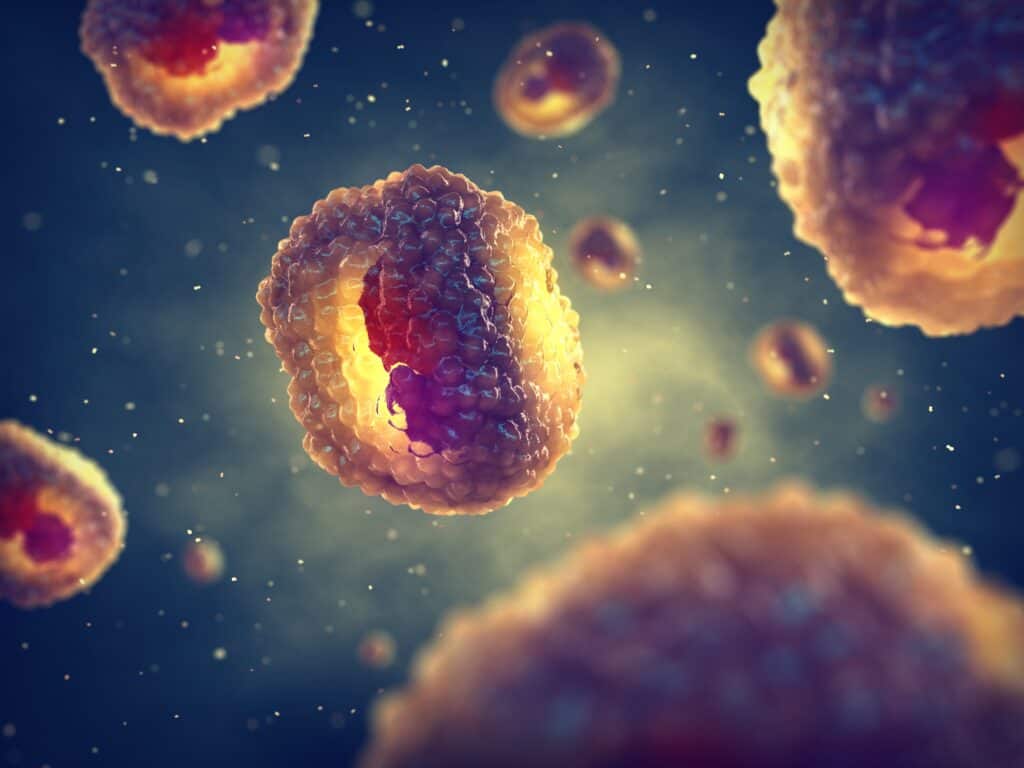
There are several types of sexually transmitted diseases (STIs) that can affect people of all ages, and can result from bacteria, viruses, or parasites. Chlamydia, caused by the bacteria called Chlamydia Trachomatis, is a common STI that can actually appear with no symptoms, so some people might not even realize they have it, making it easily spreadable.
Chlamydia can affect all genders and ages; however, mostly young people, particularly young women, are affected. Since it’s an STI, it is spread through unprotected sex (oral, vaginal, or anal). There are around 1.5 million cases of chlamydia reported each year, making it the most common STI from bacteria.
Chlamydia is not spread through kissing, sharing beverages or food, hugging or holding hands, using a public toilet, or inhaling respiratory droplets.
The infection itself is both treatable and curable; however, since it can sometimes go unnoticed without treatment, it can lead to permanent damage of reproductive organs.
Signs and Symptoms
While 50-70% of those infected with chlamydia never notice symptoms, those that do experience symptoms may start experiencing them one week to three months after unprotected sexual activity.
Signs and symptoms are based on the location of the infection, and can be any of the following – some are similar to that of a UTI (urinary tract infection):
- Unusual vaginal or penile discharge
- Painful or uncomfortable vaginal intercourse
- Bleeding in between periods, painful periods with dull pain in the lower abdomen, itching or burning in and around the vagina
- Increases urge to urinate and a burning sensation while urinating
- Pus in urine
- Sore throat
- Discomfort, bleeding, or discharge from the anus
- Testicular pain
- Infection in the eye (conjunctivitis) with a red and irritated eyelid
If a chlamydia infection goes on without treatment, signs and symptoms become more severe:
- Development of pelvic inflammatory disease (PID), an infection of the uterus and fallopian tubes
- Infection of the testicles or prostate gland
- If the mother is infected with chlamydia while pregnant, the infection can pass to the infant, causing pneumonia or an eye infection in the newborn
- Ectopic pregnancy, where the fertilized egg implants in a fallopian tube instead of the uterus and needs to be removed to prevent life-threatening complications
- Infertility due to scarring and obstruction in the fallopian tubes and harm to sperm
Diagnosis
Chlamydia is easily diagnosed with a nucleic acid amplification test (NAAT) – the healthcare provider (or via an at-home test) takes a sample of fluid via a vaginal/cervical swap or collecting a urine sample. This sample is then checked by a lab for Chlamydia Trachomatis.
While symptoms will cause a test for chlamydia, it’s recommended to be regularly tested for STIs for anyone with multiple sexual partners or a new partner. Since chlamydia can be a silent infection that leads to further complications, it’s sometimes only diagnosed with routine STI testing.
Those diagnosed with chlamydia should tell their sexual partners from the last 3 months so they can get tested too. Screening for chlamydia should include other STIs as well since it’s common to have multiple STIs at once and treatment can be given for all of them.
Treatment
Treatment for chlamydia consists of a course of antibiotics to clear up the infection – it may only take 1-2 weeks of antibiotics. While being treated, it’s recommended to abstain from sexual activities that could cause reinfection or infect someone else until at least one week after completing treatment.
The most important thing to remember during treatment is to follow the healthcare provider’s orders exactly for antibiotics, and not to stop taking them when symptoms clear up.
After about three months, those diagnosed with chlamydia should be tested again to ensure the infection is gone. While treatment works effectively at stopping the infection, any permanent damage (particularly when it’s left untreated) will not be reversed.
Sources & More Information
Cleveland Clinic. (2023, February 6). Chlamydia: Causes, symptoms, treatment & prevention. Cleveland Clinic. https://my.clevelandclinic.org/health/diseases/4023-chlamydia
Mayo Clinic. (2023, March 29). Chlamydia trachomatis: Symptoms and causes. Mayo Clinic. https://www.mayoclinic.org/diseases-conditions/chlamydia/symptoms-causes/syc-20355349
National Health Service. (2021, September 1). Chlamydia – Diagnosis. NHS. https://www.nhs.uk/conditions/chlamydia/diagnosis/
U.S. National Library of Medicine. (n.d.). Chlamydia Infections. MedlinePlus. https://medlineplus.gov/chlamydiainfections.html#:~:text=Chlamydia

